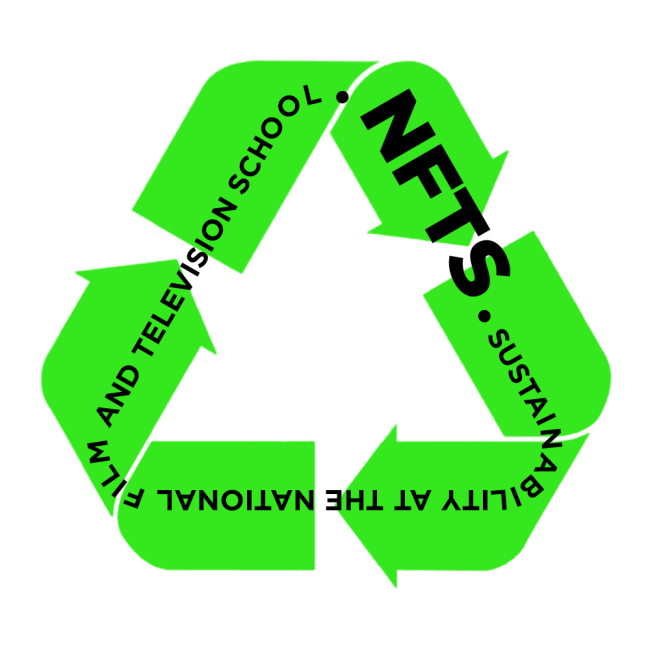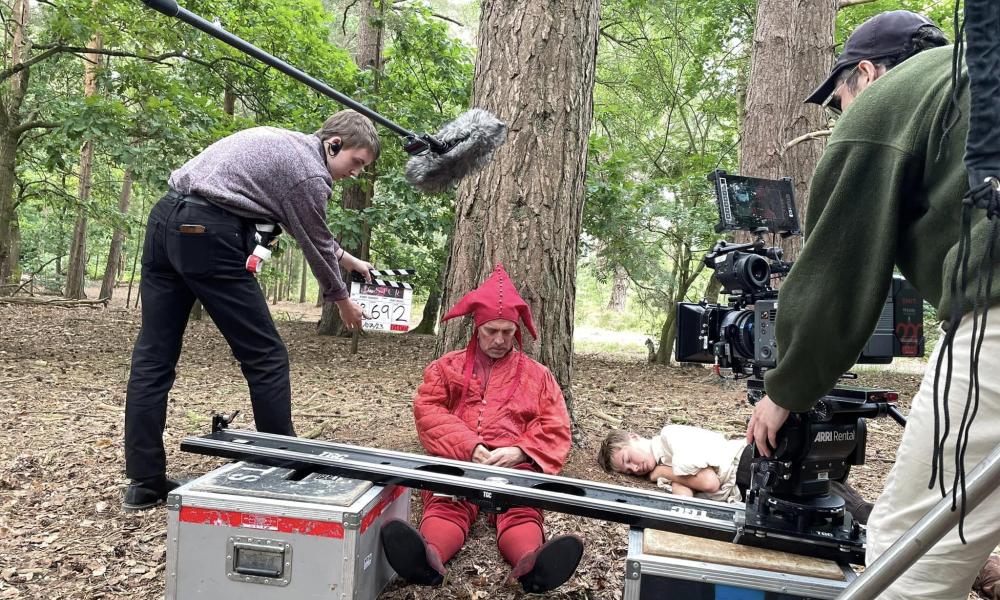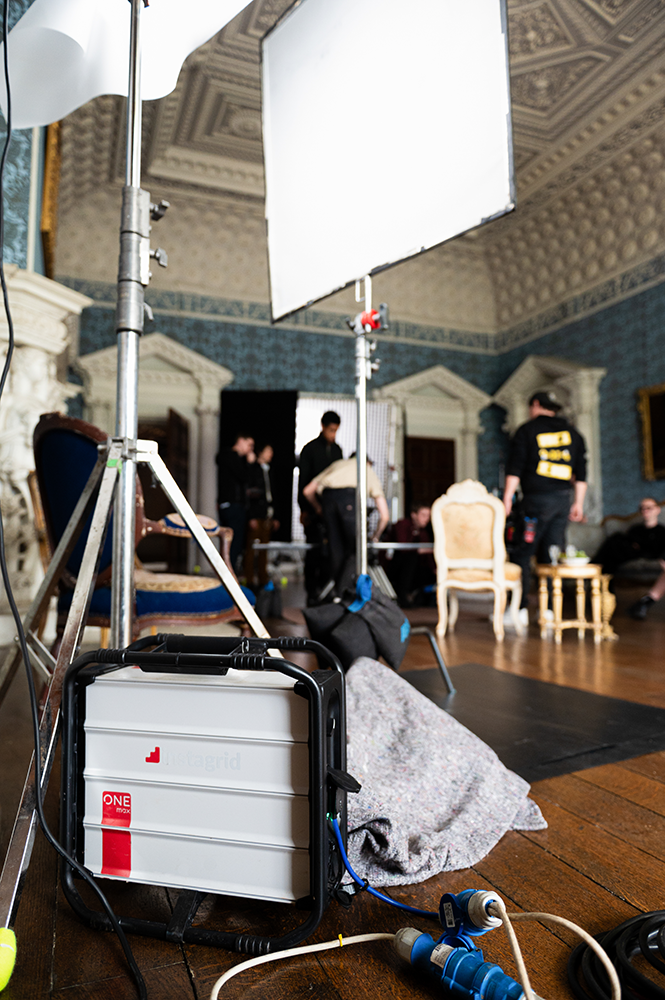Lights, Camera, Sustainable Action! Greener Filmmaking at The National Film and Television School
Storytelling, stars and suspense…there’s much more to filmmaking than the glitz and glamour of the big screen. Behind the scenes at The National Film and Television School, we are taking a closer look at the impact we are having on the planet while training the next generation of film, TV and games makers.
During a time where climate change and sustainability dominate headlines, it’s no surprise the world of entertainment is also trying to step up to the mark - from Equity’s ‘Green Rider’ campaign, now backed by over 100 actors, to green production guides created by leading organisations like Albert and the Production Guild of America.
Over 150 films are made by students at The National Film and Television School each year. From set builds on our state-of-the-art on-site stages to shooting on location worldwide, it's critical that the School and our students make a conscious effort to reduce carbon emissions wherever possible. As a BAFTA Albert Educational Partner, the NFTS is committed to reducing the environmental impact of the films made here by our students and inspiring future filmmakers to be more environmentally conscious.
Having just wrapped this year’s graduation fiction films, we decided to take a peek behind the scenes at some of the sustainable choices our students and production support team have made in recent months to reduce the impact of production on our precious planet.
On any production, power is in huge demand for everything from lighting scenes to keeping the crew warm, or even using the microwave! Traditionally, on-set generators have been the go-to solution, but NFTS students are re-writing the script. Many productions have traded in noisy, fume-spewing generators for a cleaner, more practical alternative - batteries.
Carl Mason, Production Manager for Jester, shares his insights. “Batteries were a brilliant solution for us. They lasted throughout the day, were portable and didn't produce any toxic fumes, creating a healthier work environment for work indoors and in closed spaces. This helped sustain a low carbon footprint throughout production by avoiding the need for large generators on-set.”
Another large contribution to a production's carbon footprint is transport. Equipment, cast and crew must all travel to set or location, and practices that limit emissions created by this are critical to keeping the environmental impact of production to a minimum. National Film and Television School students may not be flying in big stars on private jets but are still mindful when planning their productions!
Liam Fitzpatrick from the NFTS Production Support team and Production Co-ordinator on Tapeworm says: “All our locations were very accessible by public transport. About 90% of the crew took the underground each day and if anyone did drive, it first had to be approved by production.”
Bart Bazaz, Cinematographer on Jester added, “We consolidated all of our camera and lighting equipment into a single Luton van. To save this space, and open up portable power bank options, we decided to work with Greenkit and utilise their LEDs with much smaller footprints, alongside lights from the NFTS and Panalux. All of this could be powered comfortably from three Portable Power Banks, also supplied by Greenkit.”
Greenkit was just one example of the many suppliers NFTS students used on their productions, each providing unique solutions to help productions run smoothly whilst also considering the environment. Instagrid, New Quebec Catering and First4Thirst are just some of these that NFTS and students would like to thank.
Liam Fitzpatrick expanded, “I have been using First4Thirst for years on big productions as they are a very sustainable company when it comes to supplying water for cast and crew. We purchased 5-gallon plastic water bottles which at the end of the shoot we returned to the supplier. These bottles are then recycled and used again. By having water pump stations dotted around we could then encourage crew to bring their own refillable bottles each day. We included this note on the front page of our Call Sheet.”
These are just some examples of the multitude of ways National Film and Television Students are practising sustainable filmmaking during their time at the School.
But the sustainability journey doesn't stop on set. The NFTS, with the support of its Sustainability Committee, has implemented several impactful actions within the School. New LED replacements have been installed for outdated lighting across the School and in production spaces, single-use plastics have disappeared from the School’s Ossie Morris canteen and Rose Cafe, recycling rates are soaring, and waste is dwindling across the campus. The School has also switched to 100% green gas since October 2022 and will be using 100% electricity from renewables by the end of September 2023. These efforts have slashed emissions by a staggering 60% since 2019, smashing our original target of 20%.
You can apply today to join the next generation of filmmakers gaining industry-standard training while getting the opportunity to experiment with new and more sustainable ways of filmmaking.
Visit nfts.co.uk/places-available.





